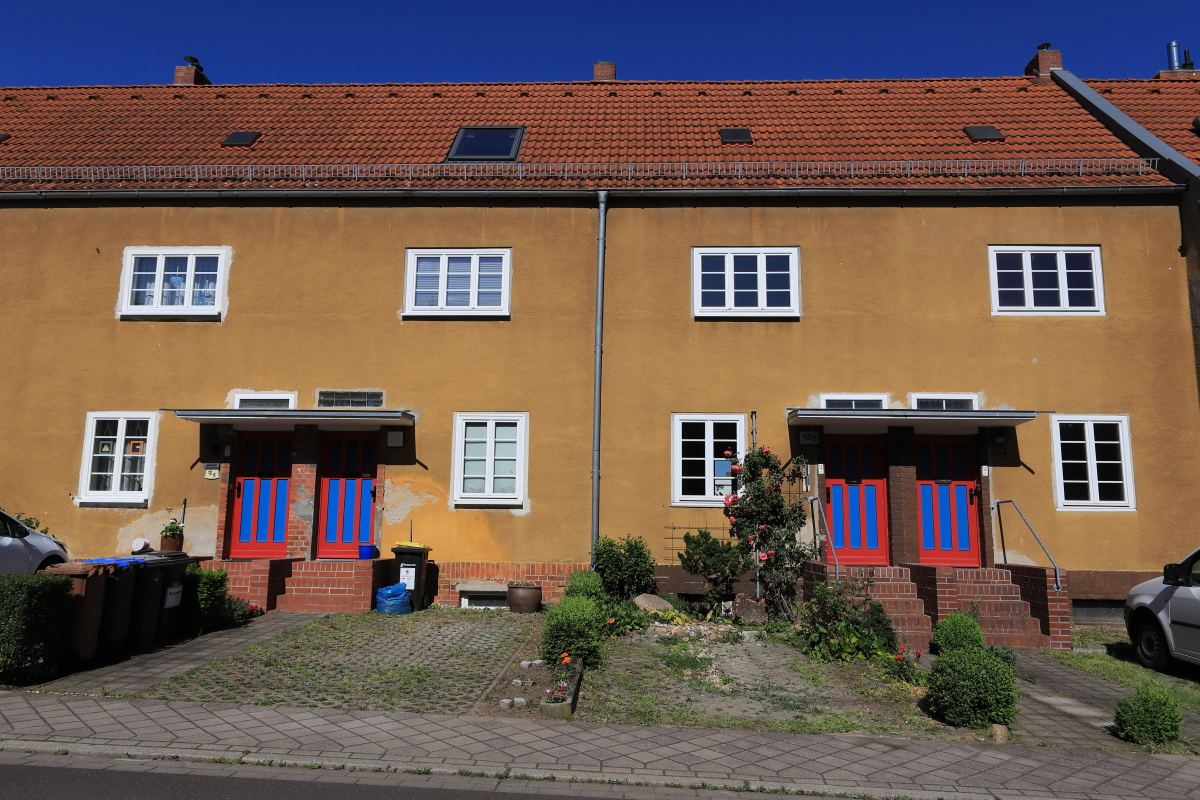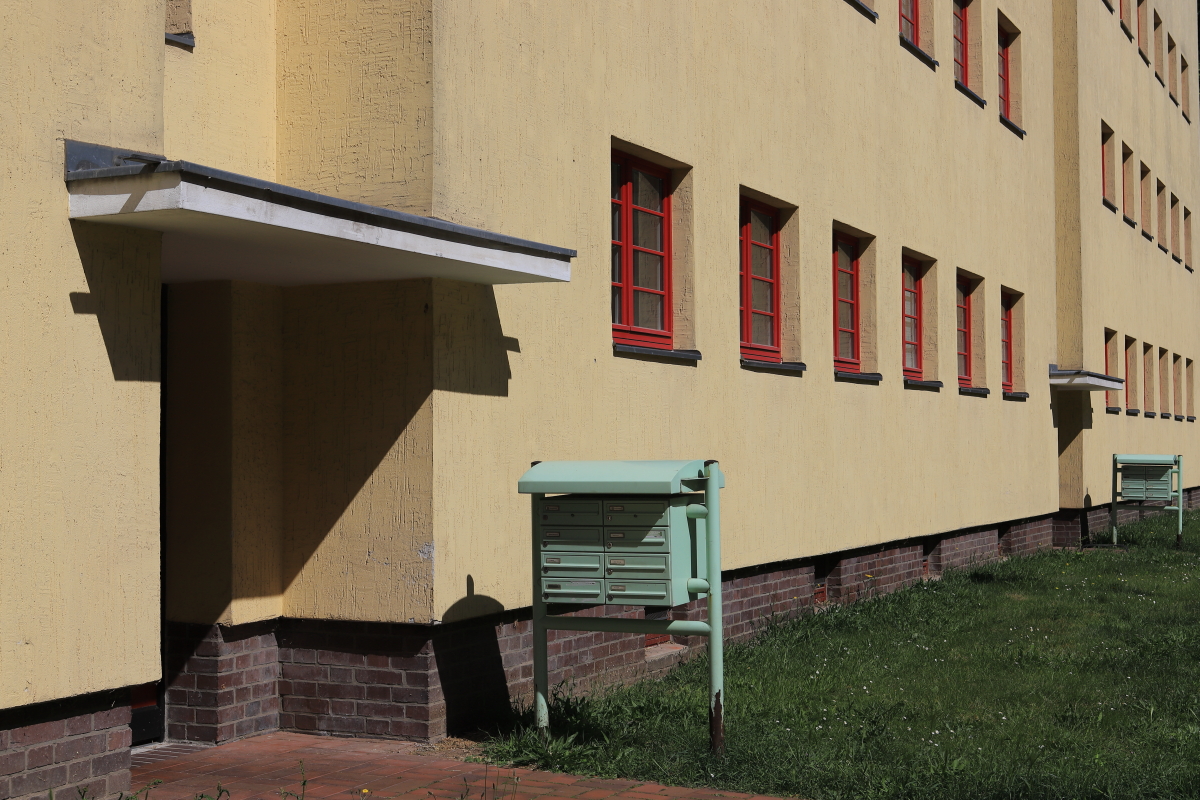Magdeburg is the capital of the German state of Saxony Anhalt. Although located close to Berlin, it is not well known by Berliners and tourists in general. This post is to introduce you to some places in the city and to make you want to go there.
How to locate this city: https://goo.gl/maps/S7v1SB85Fe5q7Kp47
The city is on the banks of the Elbe River, and had an important role during the Holy Roman Empire, of which it was one of the largest cities. In the 14th century, it joined the Hanseatic League and developed significantly. The city almost disappeared during the following centuries, often finding itself under siege or even almost destroyed in the wars of the time, including the Thirty Years War. The Second World War did not spare it either. But this eventful history does not mean that the city is without tourist interest, on the contrary!
At the turn of the 20th century, modernist movements emerged in Germany, and we can see fine examples of them in Berlin and Magdeburg! The common factor: Bruno Taut, a German architect who played a decisive role in the 1920s in several German cities, including these. He worked with a social vision of urban housing in mind and his concepts can be found in the Gartenstadt Kolonie “Reforme” district, the first buildings of which date from 1913 and the last from the late 1930s:





Bright housing, green spaces, colour on the walls and windows, but also standardisation to deliver low-cost housing … this is what we find at Brunot Taut.





This movement, known as Neuen Bauen, emerged at the same time as the Bauhaus, in Germany between the wars.
Another district, Hermann Beims Siedlung, dates from the same period, but in a more stripped-down form, its construction dates from 1925-1929. This large-scale district (Siedlung) has many equivalents in Berlin.





Unlike the Gartenfeld, these are buildings, simpler in style, but there is the same desire for social housing where the inhabitants live well. Some may find them austere but I like their geometric and repetitive aspect.




A return to colour in another district, a single street, Otto-Richter-Straße, with facades brightly painted in the 1920s (at the instigation of Bruno Taut) on buildings dating from the First World War:



Another landmark building is the Stadthalle, from the mid-1920s, a beautiful, imposing, massive, impressive brick building:


Let’s leave the 1920s for a much more recent period, with the architect Friedensreich Hundertwasser and the Grüne Zitadelle in the city centre:




And finally, let’s go back in time with the historic centre which survived the war or was rebuilt as it was:




A site that I recommend to all those who love these modernist movements of the 20th century: https://www.grandtourdermoderne.de/magazin/reisen/das-bauhaus-und-die-moderne-in-sachsen-anhalt/magdeburg/
